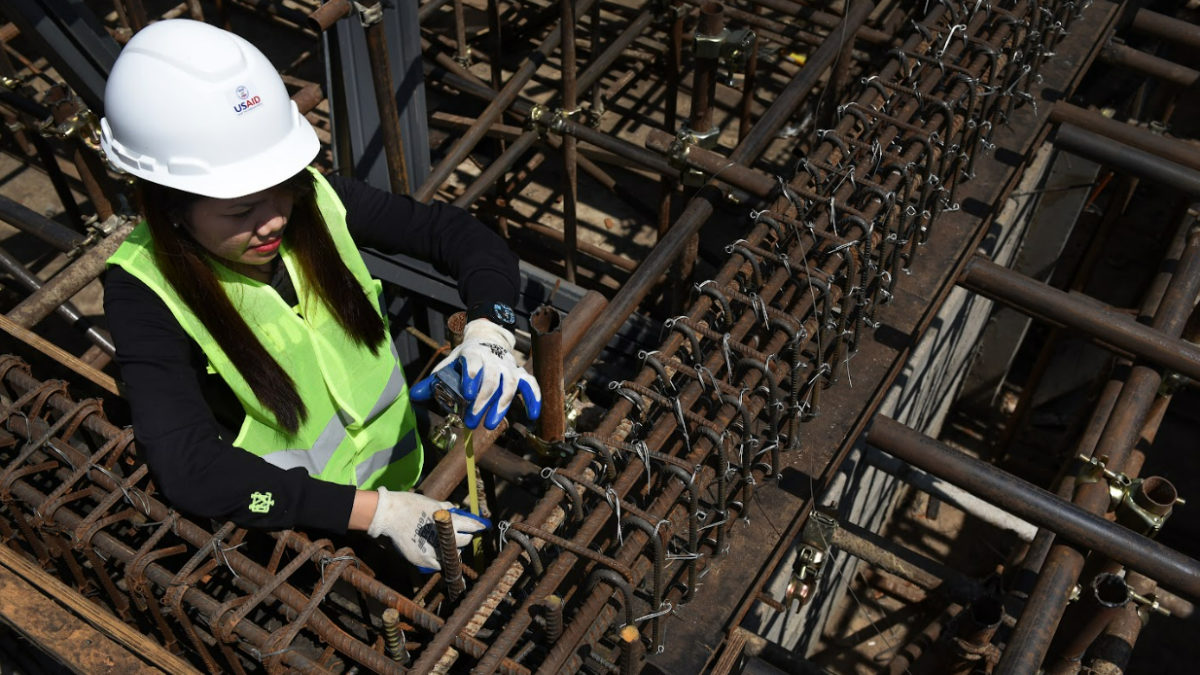
USAID supports partner countries in advancing sustainable, transparent, and high-quality infrastructure development under the Infrastructure Transaction and Assistance Network (ITAN) Initiative.
Alan Motus for USAID/Philippines
Build resilient infrastructure, promote inclusive and sustainable industrialization, and foster innovation
In the years ahead, the Indo-Pacific region will drive as much as two-thirds of global economic growth. The Infrastructure Transaction and Assistance Network (ITAN) is a whole-of-government initiative to advance sustainable, transparent, high-quality infrastructure across the Indo-Pacific region. Launched in 2018, ITAN advances a free and open, connected, prosperous, resilient, and secure Indo-Pacific, the goal of the 2022 Indo-Pacific Strategy. Under ITAN, USAID plays a leading role helping its Indo-Pacific partners to catalyze private sector investment—including from the United States—by strengthening their ability to implement and manage sustainable, transparent, and high-quality infrastructure projects.
USAID is leveraging its technical expertise, enduring in-country presence, and convening power to help the Indo-Pacific region overcome its infrastructure constraints to long-term growth. To unlock access to sustainable, transparent high-quality infrastructure, USAID helps advance reforms to laws, regulations, and policies to ensure fair and open market competition and level the playing field for legitimate players.
In the Philippines, USAID assisted the government to formulate the market study, engineering design, cost estimates, and economic analyses for expansion of the country’s seventh-busiest port. With port traffic ballooning eight percent each year, growing congestion has stifled travel and trade connectivity while increasing bribery and extortion.
As a result of USAID’s analysis and recommendations for the port’s expansion, the Government of the Philippines allocated $11 million for the project, which will increase the port’s capacity by 62 percent, reduce shipping times, slash freight and ferry costs by one-third, and introduce new trade and tourism routes that will expand regional market access.
